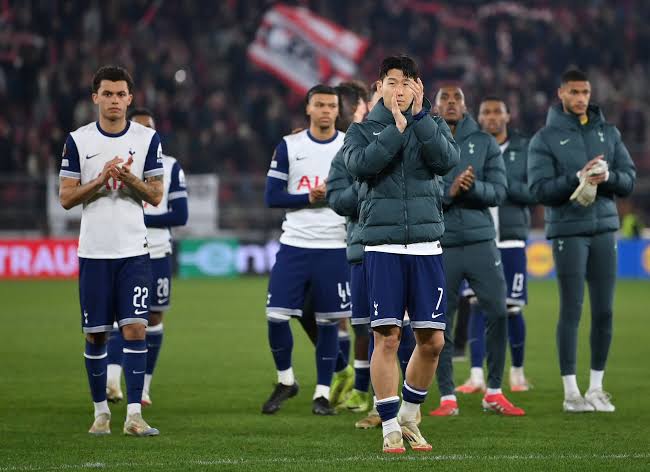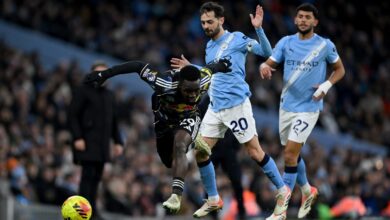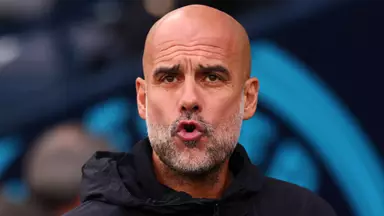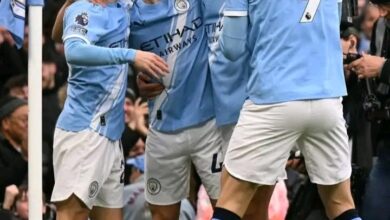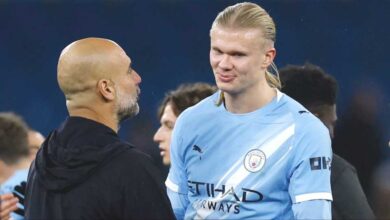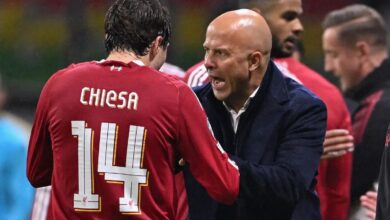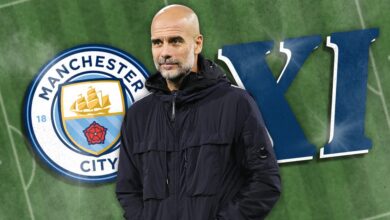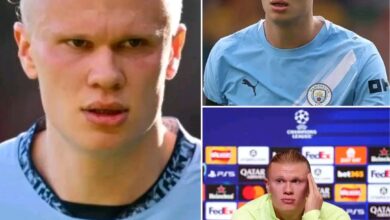Man City eyeing up stunning swap deal with Premier League club as Pep Guardiola attempts to beat Chelsea to signing
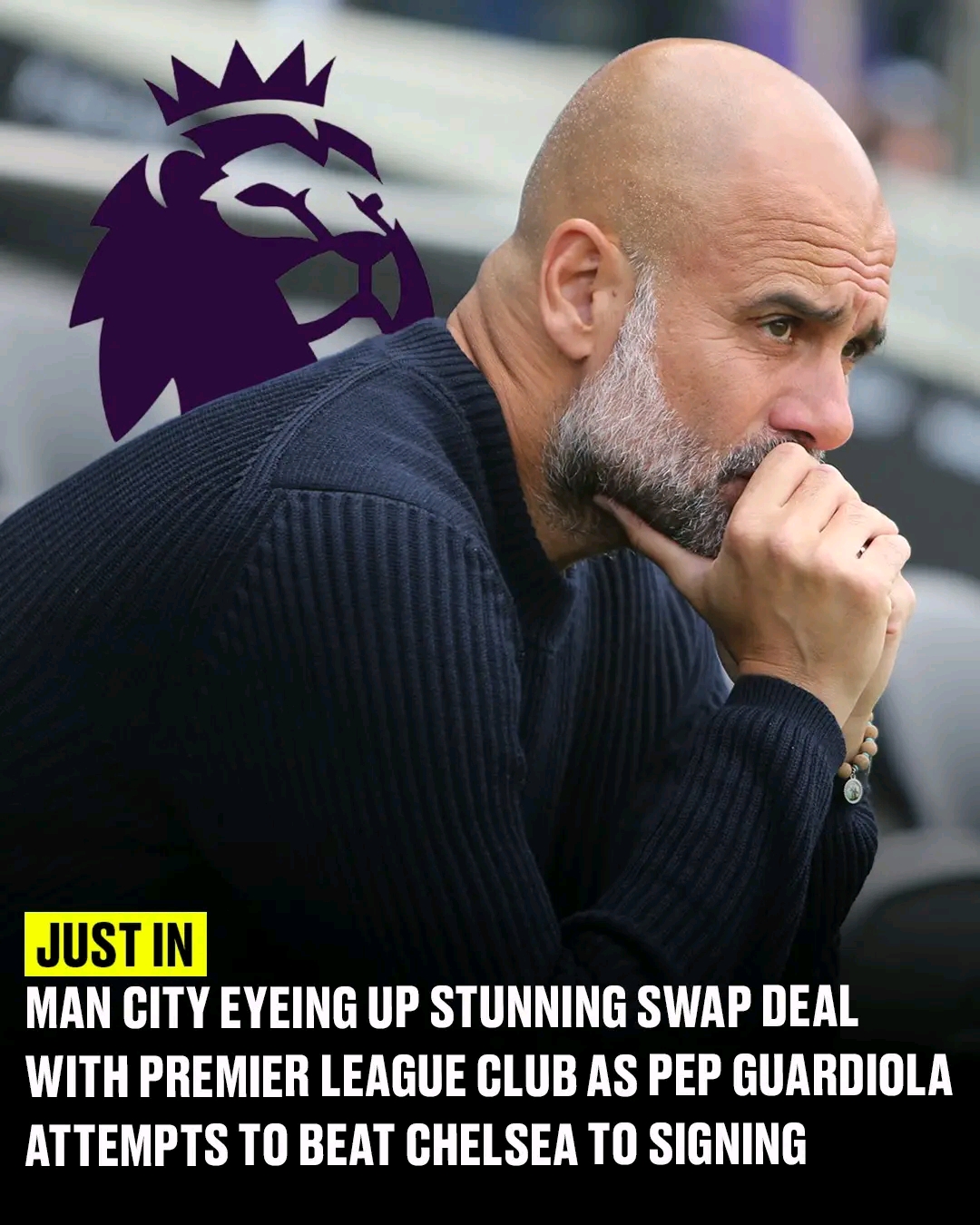
The summer transfer window has opened with unprecedented intrigue as Manchester City prepare for what could be one of their most significant squad overhauls in recent memory. Following a campaign that fell short of the lofty standards set during their treble-winning season, Pep Guardiola and the City hierarchy are orchestrating a calculated response that could reshape the landscape of English football.
At the heart of their ambitious plans lies a stunning proposal that has sent shockwaves through the Premier League: a potential swap deal involving Everton’s defensive sensation Jarrad Branthwaite and City stalwart John Stones. This audacious move represents more than just a simple player exchange; it embodies City’s determination to maintain their competitive edge while addressing the inevitable cycle of squad renewal that defines modern football.
The 2024/25 season marked a watershed moment for Manchester City, serving as a stark reminder that even the most successful teams are not immune to the cyclical nature of football. Despite their continued excellence over the past decade, the campaign highlighted certain vulnerabilities that Guardiola and his team are now addressing with characteristic precision and ambition.
The departure of Kevin De Bruyne, whose contract expires at the end of June, symbolizes the end of an era. The Belgian maestro’s influence on City’s success cannot be overstated, and his exit leaves a creative void that extends beyond mere statistics. His departure represents the beginning of a generational shift that City must navigate carefully to maintain their position at the summit of English and European football.
Chairman Khaldoon Al Mubarak’s recent statements provide insight into the club’s methodical approach to the upcoming transfer window. His emphasis on having “clearly identified” targets with “clear number one and number two options” reflects the strategic thinking that has underpinned City’s success. This systematic approach, combined with the urgency created by the Club World Cup tournament in the United States, has created a unique set of circumstances that could accelerate City’s summer business.
Jarrad Branthwaite has emerged as one of the most coveted defensive talents in English football, and his trajectory from promising youngster to established Premier League performer has captured the attention of Europe’s elite clubs. At just 22 years old, the Everton center-back possesses the rare combination of physical attributes, technical ability, and tactical intelligence that defines modern defensive excellence.
Branthwaite’s rise to prominence has been meteoric. His development at Goodison Park has accelerated under various managers, each recognizing his potential to become a cornerstone of both club and country. His inclusion in England’s senior setup reflects his rapid ascension through the ranks, and his performances have consistently demonstrated the maturity and composure typically associated with far more experienced defenders.
The defender’s profile aligns perfectly with Guardiola’s tactical requirements. His ability to play out from the back, combined with his aerial dominance and reading of the game, makes him an ideal candidate for City’s possession-based system. Moreover, his age profile fits seamlessly into City’s long-term planning, offering the potential for a decade of service at the highest level.
Everton’s valuation of their prized asset reflects his importance to their future plans. The Toffees’ rejection of Manchester United’s previous bids, totaling £45 million plus add-ons, demonstrated their determination to retain their Young Player of the Year. However, the financial realities facing many Premier League clubs, combined with Branthwaite’s evident ambition to compete at the highest level, suggest that a deal could be possible under the right circumstances.
The proposed inclusion of John Stones in any potential deal adds layers of complexity and emotional resonance to the negotiations. Stones’ journey from Barnsley youth player to Manchester City legend represents one of the most successful career trajectories in recent Premier League history. His transformation under Guardiola from a promising but inconsistent defender to a key component of City’s most successful period illustrates the Catalan coach’s ability to maximize player potential.
Stones’ connection to Everton runs deep, having been nurtured by David Moyes during his formative years at Goodison Park. Moyes’ investment in the young defender, signing him for just £1.25 million from Barnsley in 2013, proved to be one of the shrewdest pieces of business in recent memory. The Scottish manager’s faith in Stones’ potential was vindicated as the defender developed into one of England’s most reliable center-backs.
The prospect of Stones returning to Everton carries significant emotional weight. His departure to City in 2016 for £50 million marked the beginning of his trophy-laden career, during which he has accumulated six Premier League titles, the Champions League, and numerous other honors. However, at 31, Stones finds himself at a career crossroads where regular playing time becomes increasingly important, particularly with major international tournaments on the horizon.
For Everton, the potential return of Stones represents more than just acquiring an experienced defender. His leadership qualities, winning mentality, and deep understanding of the club’s culture could prove invaluable as they seek to establish themselves as a consistent force in the Premier League. Moreover, his experience of competing at the highest level would provide invaluable guidance to younger players like Branthwaite, creating a beneficial knowledge transfer that could accelerate the development of Everton’s defensive united
Chelsea’s reported interest in Branthwaite adds another dimension to an already complex transfer saga. The Blues’ recent transfer activity suggests a long-term strategy focused on acquiring promising young talent, and Branthwaite fits perfectly into this philosophy. Under their current ownership, Chelsea have demonstrated a willingness to invest heavily in players who can contribute both immediately and in the future.
The competition between City and Chelsea for Branthwaite’s signature reflects the broader rivalry between two of the Premier League’s most ambitious clubs. Both teams possess the financial resources to meet Everton’s valuation, but the ultimate decision may hinge on factors beyond monetary considerations. Playing time guarantees, tactical fit, and long-term project vision could all influence Branthwaite’s eventual destination.
Chelsea’s recent defensive acquisitions suggest they view center-back as a priority position, and Branthwaite’s profile aligns with their recruitment strategy. However, City’s ability to offer immediate Champions League football and the opportunity to work under Guardiola provides compelling counter-arguments to any Chelsea approach.
The financial aspects of any potential deal involving Branthwaite and Stones are complex and multifaceted. Everton’s valuation of Branthwaite, believed to exceed £50 million based on their rejection of previous United bids, reflects both his current ability and future potential. For a club of City’s financial stature, this valuation is manageable, but the inclusion of Stones in any deal could significantly alter the economic dynamics.
Stones’ value at 31 years old presents an interesting calculation. While his age might suggest a decreased market value, his experience, leadership qualities, and proven track record at the highest level maintain his attractiveness to potential suitors. For Everton, acquiring Stones could represent excellent value, given his immediate impact potential and the reduced transfer fee that would accompany his inclusion in a swap deal.
The financial fair play implications of such a transaction also merit consideration. Both clubs must navigate increasingly stringent regulations, and creative deal structures like player swaps can help manage these constraints while achieving sporting objectives. The accounting treatment of player exchanges can provide advantages for both parties, making such arrangements increasingly attractive in the current regulatory environment.
Guardiola’s tactical evolution at Manchester City has consistently demonstrated his ability to adapt his system to maximize the strengths of available personnel. The potential acquisition of Branthwaite would likely trigger another tactical recalibration, potentially affecting not just defensive shape but the entire team’s approach to possession and pressing.
Branthwaite’s height and aerial ability could provide City with additional options from set-pieces, an area where they have occasionally struggled for consistent threat. His pace and recovery ability would also suit Guardiola’s high defensive line, allowing the team to maintain their aggressive pressing approach without compromising defensive security.
The integration of a new center-back into City’s system requires careful consideration of partnerships and chemistry. Branthwaite’s potential pairing with Ruben Dias, Josko Gvardiol, or other defensive options would need to be evaluated in terms of complementary strengths and tactical cohesion. Guardiola’s track record of successfully integrating new signings suggests confidence in his ability to maximize Branthwaite’s potential within City’s framework
From Everton’s standpoint, the potential departure of Branthwaite represents both a significant loss and a substantial opportunity. Losing a player of his caliber and potential would undoubtedly weaken their defensive capabilities in the short term. However, the financial injection from such a sale, combined with the potential return of Stones, could enable a broader squad strengthening that benefits their long-term competitiveness.
David Moyes’ return to Everton has brought stability and clear tactical direction to the club. His previous relationship with Stones and understanding of the defender’s capabilities could prove crucial in convincing both player and club that a reunion makes sense for all parties involved. Moyes’ ability to develop young talent while maximizing the contributions of experienced players aligns perfectly with a squad composition that could include both Stones and emerging defensive talents.
The emotional and symbolic significance of Stones’ potential return cannot be understated. For Everton supporters, it would represent a rare instance of a homegrown talent returning to contribute to the club’s ambitions. This narrative appeal, combined with the practical benefits of his experience and leadership, could make the deal attractive from multiple perspectives.
The upcoming Club World Cup in the United States adds urgency to City’s transfer planning. The tournament represents an opportunity to salvage silverware from what has been a disappointing domestic campaign. More importantly, it provides a deadline that forces accelerated decision-making in the transfer market.
Khaldoon Al Mubarak’s emphasis on being “ready with the new squad for the Club World Cup” indicates that City view the tournament as more than just another competition. It represents a chance to test new combinations, integrate fresh talent, and potentially end the season on a positive note that could carry momentum into the following campaign.
The compressed timeline between the transfer window opening and the tournament’s commencement means that negotiations must be concluded swiftly. This urgency could work in City’s favor if they can present compelling offers quickly, but it also increases the risk of missing out on targets if negotiations become protracted.
The potential Branthwaite-Stones swap deal represents more than just a single transfer; it embodies broader strategic thinking about squad evolution and competitive sustainability. City’s ability to consistently refresh their squad while maintaining competitive standards has been a hallmark of their success under Guardiola’s leadership.
The age profiles involved in this potential transaction reflect intelligent long-term planning. Acquiring a 22-year-old international defender while potentially moving on a 31-year-old, regardless of his continued quality, demonstrates the kind of forward-thinking that has kept City competitive across multiple seasons.
For the Premier League as a whole, such high-profile domestic transfers reflect the league’s continued growth and competitive balance. The movement of top-quality players between Premier League clubs, rather than to foreign leagues, suggests a confidence in English football’s continued upward trajectory.
The potential swap deal involving Jarrad Branthwaite and John Stones represents one of the most intriguing possibilities of the summer transfer window. It combines immediate tactical benefits with long-term strategic planning, emotional resonance with hard-headed business logic, and individual ambitions with collective objectives.
For Manchester City, securing Branthwaite would represent a significant step in their squad evolution, adding youth and potential to their defensive ranks while maintaining their competitive edge. The inclusion of Stones in any deal would provide a respectful exit for a club legend while potentially facilitating a transaction that might otherwise prove prohibitively expensive.
From Everton’s perspective, the potential return of Stones combined with the financial benefits of Branthwaite’s sale could enable a broader squad strengthening that enhances their competitive prospects. The emotional appeal of Stones’ homecoming, combined with his continued quality and leadership attributes, could make this an attractive proposition for all involved parties.
As the transfer window progresses, this potential deal will serve as a barometer for the ambitions and strategic thinking of some of the Premier League’s most significant clubs. Whether it ultimately materializes or remains an intriguing possibility, it exemplifies the complex dynamics that define modern football transfers and the delicate balance between sporting ambition and financial reality that clubs must navigate in their pursuit of success.
The coming weeks will reveal whether this stunning swap proposal becomes reality or remains another fascinating chapter in the endless speculation that surrounds elite football. What remains certain is that Manchester City’s summer overhaul, whatever form it ultimately takes, will significantly impact not just their own prospects but the competitive landscape of English football as a whole.




